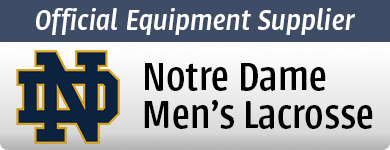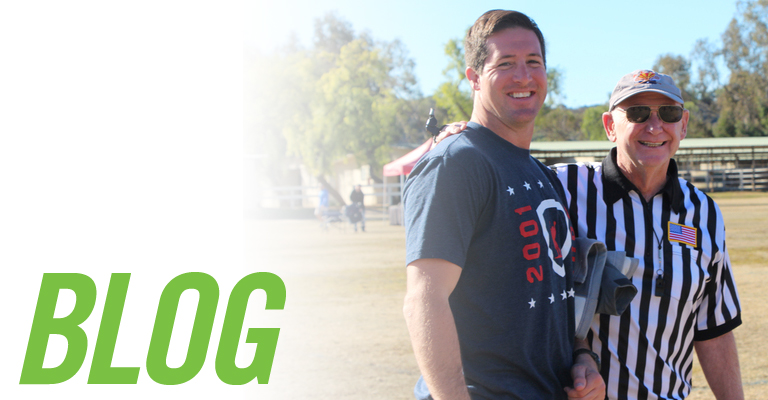Coaches Corner: Off Season Strength & Conditioning
EventsTraining
I have been lucky in my position with Adrenaline the last few years to have been exposed to several amazing coaches from local youth coaches to top college coaches, as well as professionals such as sports psychologists, athletic trainers, and strength coaches to name a few. I will be posting a column once a month strictly for coaches as a resource. It will include drills, strategy, practice planning, mental preparation, etc. I definitely don’t know everything there is about being a coach, but hopefully what I have learned can help other coaches become better leaders and educators.
Off-Season Training:
High school programs are now beginning to incorporate strength training, speed & agility, and conditioning into their off season to gain a competitive advantage in the spring which is great. The sport continues to grow and become mainstreamed as more and more serious athletes take the field each year. At this level the team that is bigger, stronger, and faster usually wins in the Spring. Below is what I do with my teams as we start the school year.
September – This is an important time for freshman to get acclimated to the school and a lot of upperclassmen are busy with college apps so I don’t want to overwhelm them. I will usually send a workout to the players that are returning on what they should be doing but we don’t start this month. The workout I send them is a basic strength training program that they can safely follow at a gym. I usually have them following a 3 set x 10-12 rep model that has them doing upper & lower body together three times per week in a circuit including core work. Push exercises on Day One, pull exercises on Day Two, and press exercises on Day Three. All the strength exercises are ones that they have done with me the previous year and can properly execute. Not the time to have them learn to power clean! The conditioning portion is simple to follow and easy enough to not scare kids away from doing it.
October – The first month of our training is general preparation. Even though this may be back tracking for some athletes, cycling through the different phases will allow them proper rest and recovery and also let them see improvement from the previous year. In this month we will spend a good majority of time teaching technique by having all the players executing the same movement with the coach giving instruction. The focus of the strength training is two main lifts (bench press, squat, deadlift, pull-up) per day following a 4-set x 6-8 rep model. These will be superset with a supplementary lift (shoulder press, inverted BW rows, lunges, hyperextensions) per day following a 2-set x 10-15 rep model. The kids will probably be itching to do more but building a fundamental base will see their results skyrocket in the coming months. We will also do some type of core training every day and increase the volume each week. The speed & agility portion again focuses heavily on technique using proven frequency drills to teach proper movement before moving into the speed work. Volume should be low and form is the priority! The format I use for this month is upper/lower body pull on Day One, lateral speed & agility on Day Two, upper & lower body press on Day Three, and linear speed & agility on Day Four.
November/December – The second portion of the lifting cycle shifts into a strength & power phase. During the strength portion we will start increasing the load and decreasing the volume. This requires greater intensity and more rest between sets. Because of that the main lifts will be done on their own following a 5-set x 3-5 rep model. The supplementary lifts are done as their own superset following the same 2-set x 10-15 rep model. This is the perfect time to start teaching some basic Olympic lifts such as jump shrugs, high pulls, power cleans, etc. These should be done right after the warm up when players are at 100% and under constant supervision. Olympic lifts are all about technique so if you are not confident teaching and correcting the movements then stay away from them. A great alternative and also a great place to start players off are with kettlebells. They get the same basic concepts and benefits without the risk of being under a loaded bar. Core work should still have a place in your training and you can start increasing the intensity by adding resistance or difficulty to the exercises. With the speed & agility training now is a good time to incorporate resistance drills and plyometrics. The volume of work should still be on the low side so athletes aren’t fatigued going into their strength training. The format I use for this training is a 4-day split with two days being speed training & lower body lifting and two days being core work & upper body lifting.
January/February – The focus of the training becomes speed and conditioning leading up to the season. Players have done all the prep work in the previous months so now the focus becomes getting in peak physical conditioning without over working the athletes. We will keep some of our main lifts from the previous month and change up the supplemental lifts. The format I use circles back to October’s plan with two days in the gym and two days on the field. This training is a 2-day split with Day One being lateral speed training & max-effort upper/lower body pull and Day Three being linear speed training & max-effort upper/lower body push. Day’s Two and Four become stick skills, core work, and conditioning.
I hope this helps get everyone started with a basic plan for your off-season training. You know your athletes best so please exercise good judgment and progress your kids safely. If you have any questions or would like to suggest a topic for next month’s Coach Corner please contact me.
Thanks,
Coach Foss




